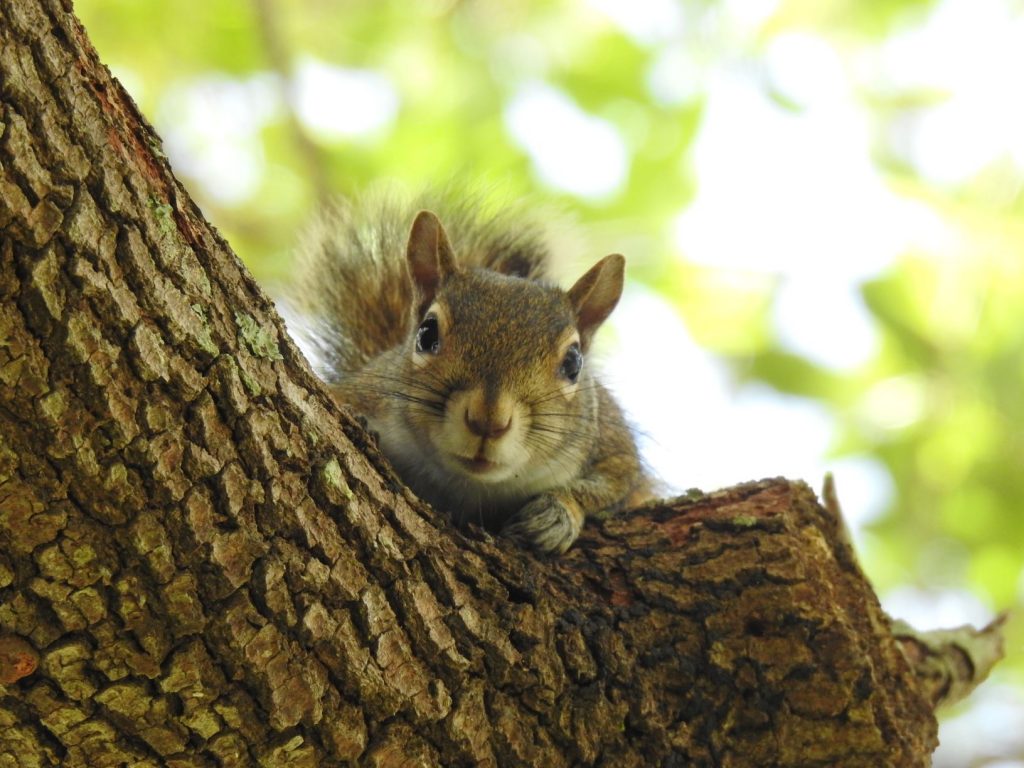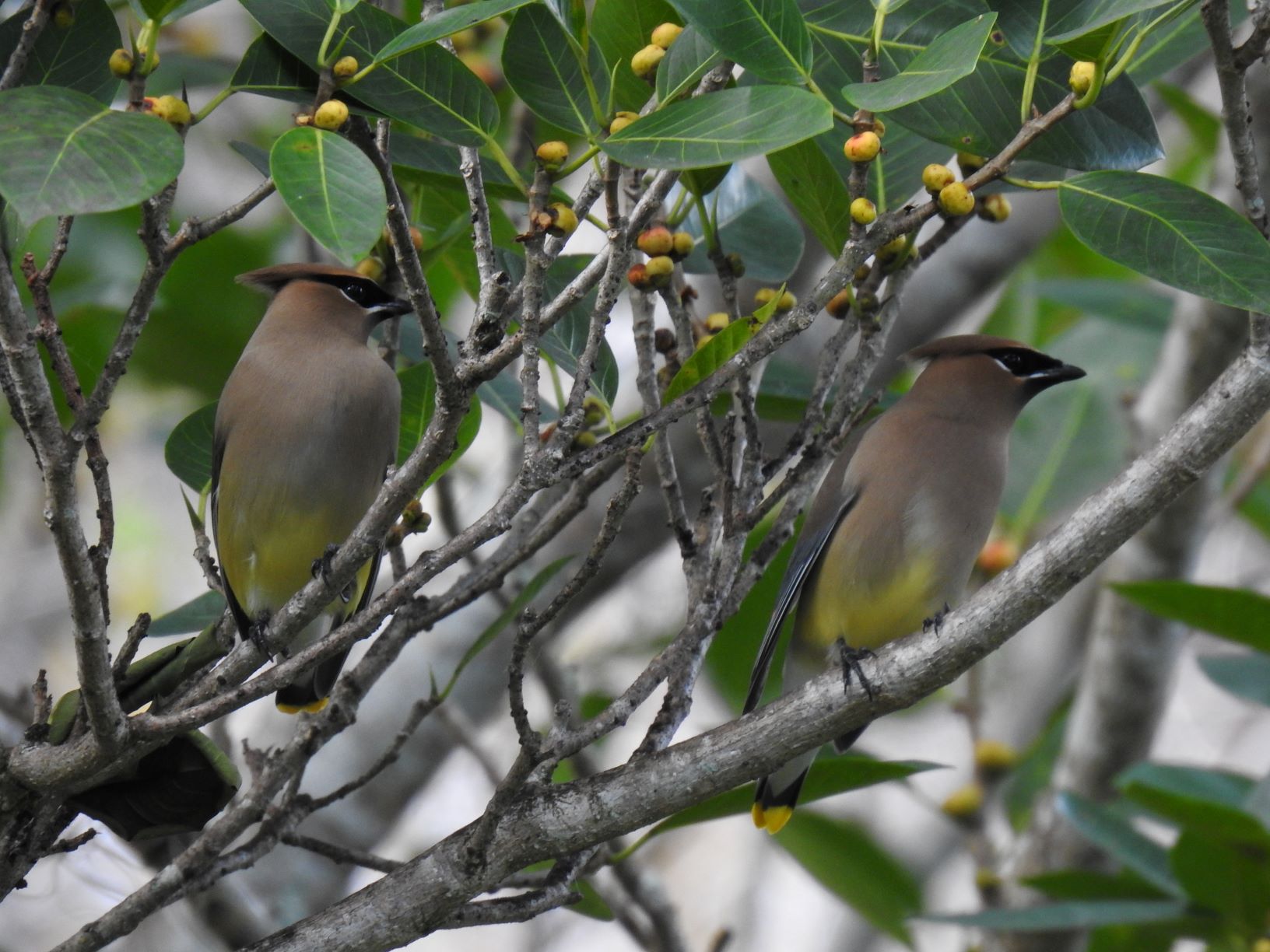Homeschooling Activity #1: Nature Haiku

Besides being a “nature-nerd” I am a high school English teacher. I have seen so many posts on social media this past week from parents trying to come up with fun new ways to entertain their kids AND do something educational, so I’m offering to help.
I’d like to take this opportunity to do some fun lesson planning for any of you who are in this situation. I will post new lesson at the beginning of each week for the next month or so. Each activity is intended to be fun, require some back-yard time, AND provide some educational value.
Note to parents: I will try my best to provide suggestions on how to differentiate the activity to suite various age groups so everyone can participate.
Today’s Activity:
What is a Haiku?
A haiku is, simply,
- a 3 lined poem that originates from Japan.
- It has a format of 5-7-5 syllables and
- should not rhyme.
What you will need
- Phone or camera
- pencil and paper
Directions:
- Go for a nature walk in your back yard and pay attention to the DETAILS of things. Look under leaves, in the grass, up tree branches, etc.
- Take a picture of ANYTHING that you find interesting, fun, beautiful, or strange.
- Find a shady spot outdoors or come back inside to begin drafting your poem. You will use your picture as your inspiration. It is best to do this with paper and pencil (rather than on a computer) so that you can count syllables and edit your drafts more easily. *Reference the format provided above and the example I created below!
Example:

Peeking through the oak (5 syllables)
eating from my bird feeder (7 syllables)
squirrels can be such thieves! (5 syllables)
Differentiating Instruction:
What does that even mean? It’s just a fancy way of saying that you can change the lesson (differentiate it) to accommodate different age groups and abilities.
The way that it is written above is ideal for elementary-aged children who are able to read and write, even at the most basic levels. The poems don’t have to be elaborate and will help students practice counting syllables.
For children who have not yet learned to read or write:
- Search the back yard and assist them in finding something of interest and snapping a picture.
- Rather than write a haiku, have them sing a little song or tell a story about what they took a picture of.
For middle school and high school aged students:
- Have them research more about haikus- the origins and history behind the poem style.
- Challenge them to make a SERIES of haikus all on various things they find in the back yard.
- Wanna REALLY make them work?! Research the format of a Shakespearean sonnet. Have them write a sonnet inspired by the same picture (or another picture they have taken in the back yard).
That’s it:
If you’d like, post your child’s poem in the comments of this article or their picture and poem as a comment to the social media post you connected from!

